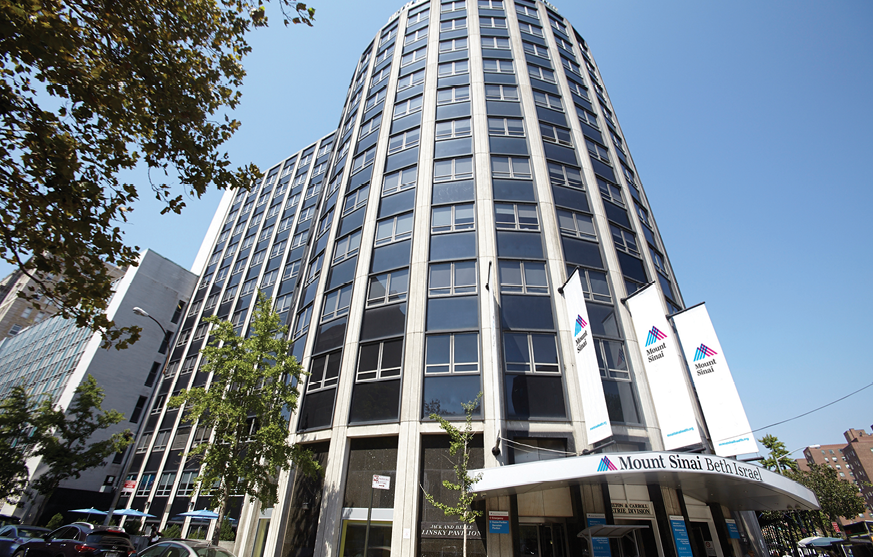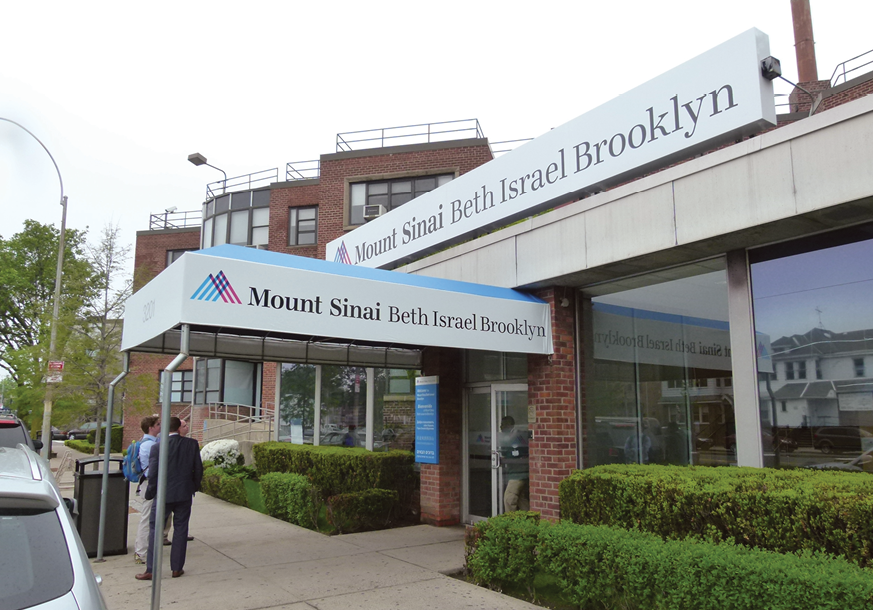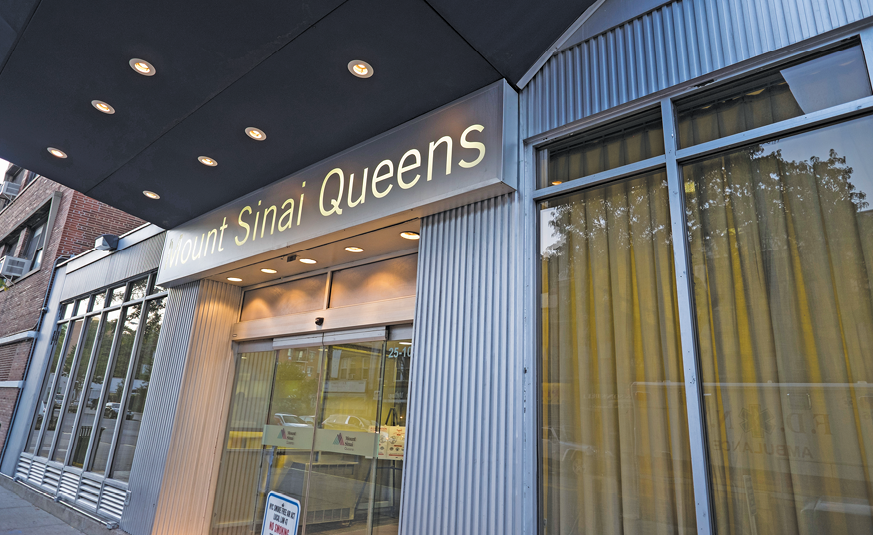- Home
- Media Kit
- Current Issue
- Past Issues
- Ad Specs-Submission
- Ad Print Settings
- Reprints (PDF)
- Photo Specifications (PDF)
- Contact Us
![]()
ONLINE
![]()
ONLINE

Diversity, Equity and Inclusion
Editors’ Note
Pamela Abner is responsible for system-wide administrative, fiscal, policy and practice-related management activities to sustain diversity, inclusion and equity. She collaborates with hospital and medical school leadership to establish best practices, conduct integrative work and set the strategic, innovative and programmatic agenda for diversity, inclusion and equity across all business lines. As a certified patient experience professional and unconscious bias educator, Abner strives to develop and guide initiatives to create an inclusive environment. Utilizing research methodologies, creating education curriculum and applying best practices, she seeks to implement initiatives to identify disparities and eliminate barriers to medical care, employment and education for underserved and underrepresented groups. Her thought leadership and strategic management guidance was fundamental to Mount Sinai Health System attaining several national rankings as the #1 health and hospital system for diversity and inclusion management. Abner earned a bachelor’s degree from Brown University and an M.B.A. from Columbia University.
Institution Brief
Mount Sinai Health System (mountsinai.org) encompasses the Icahn School of Medicine at Mount Sinai and eight hospitals, as well as a large and expanding ambulatory care network. The eight hospitals – Mount Sinai Beth Israel, Mount Sinai Brooklyn, The Mount Sinai Hospital, Mount Sinai Queens, Mount Sinai St. Luke’s, Mount Sinai South Nassau, Mount Sinai West, and New York Eye and Ear Infirmary of Mount Sinai – have a vast geographic footprint throughout the New York metropolitan region.

Mount Sinai Beth Israel on Manhattan’s Upper West Side
Will you provide an overview of your role and main area of focus at Mount Sinai Health System?
When I joined Mount Sinai in 2014, my role was to help create a structural framework to anchor a system-wide initiative based on best practices in organizational diversity management. We created what we refer to today as the Office for Diversity and Inclusion at Mount Sinai Health System. The scope of my responsibilities touches all system hospitals, schools and corporate divisions. The main focus of our division’s work is to serve as our organization’s subject matter experts to raise awareness and provide education and guidance on topics of bias, racism, cultural differences, LGBT health and caring for people with disabilities. Additionally, we seek to advance underrepresented minorities into leadership roles within the organization and partner with schools and other networks to make certain that we provide those from underrepresented groups opportunities to grow and advance through mentoring and by investing in their careers. We have talent pipeline programs from junior and high school levels through college and graduate school to introduce students to careers in healthcare and medicine emphasizing social justice as a core to our mission. In terms of our community, we consider creating an integrated supplier diversity focus as a way to connect with and better the health of our local community by increasing our overall spend with minority, women-owned and LGBT businesses.
Another very important area of focus is utilizing patient demographic information to ascertain variations in care outcomes. We have focused on learning from our hospital front line staff and patients to identify the best methods to collect patient background. We know that it is essential to have accurate data on the backgrounds of patients in order to identify potential gaps in care. Over the past several years, we have been successful in improving our patient data completeness and that robust information now allows us to analyze the impact of COVID-19 and other health conditions using several variables. In collaboration with our data science team, we are able to use race and ethnicity data along with other socio-economic information to identify potential differences in outcomes.

Mount Sinai Beth Israel Brooklyn
How critical is it to increase diversity at both the medical school and at the health system and will you highlight Mount Sinai’s efforts to build a more diverse and inclusive workforce?
With regard to the medical school, we have made some progress on the faculty side, but there is still work to be done to increase the number of Black and Brown faculty members as we see that gaps exist in leadership levels. Likewise, we continue to focus on supporting Black and Brown students in our medical, graduate and nursing school programs, recognizing the need to provide them with an inclusive learning environment free from bias and racism.
We have ongoing efforts within the health system working directly with our human resources teams to intentionally identify potential talent within our healthcare organizations and provide opportunities for advancement. We know that most often people recruit from within their circles of like individuals and that biases get in the way of addressing the dearth of talent diversity. We are disrupting this process in part through continued education to raise awareness of and mitigate biases and also by looking more deeply within our organization and communities to identify talent and support advancement of Blacks and other marginalized groups into leadership roles.
One example of recent efforts to build a more equitable and inclusive organization relates to our system Quality Leadership Council, a committee comprised of our chief medical officers, hospital presidents, quality and patient experience leaders and chief nursing officers. There are approximately 65 individuals on the council who until recently were predominately white. When we started to have conversations about COVID and the disproportionate death rates in Black and Brown communities, that prompted us to take a closer look at the intent and composition of this council. As a result, we are moving forward to declare equity a key component of our system-wide quality agenda, actively engaging the leadership group in learning together to discuss matters of racism and utilizing demographic data such as race and ethnicity as part of our standard quality analytics. Equally important, we are expanding the membership of the council to include Black leaders and are intentionally advancing and recruiting Black leaders in system quality roles.

Mount Sinai Queens
How critical are metrics in Mount Sinai’s diversity and inclusion work in order to measure the impact of your efforts?
Metrics are key so that we are able to evaluate progress as well as know where we have to dedicate resources and develop interventions to improve. For example, we have developed dashboard reports to analyze talent gaps, and our enterprise reporting team provides us robust analytics on care outcomes reflecting varying patient demographics. We also endeavor to engage with our staff, faculty, students and patients to gain an overall sense of the organizational climate and patient experience. We recognize that obtaining feedback and using metrics to evaluate our work is crucial for us to move forward to create a culture of respect and provide the best work, learning and patient care environment. In this regard, we have made significant strides in partnering with and learning from our LGBTQ community, staff, students, and patients to establish a most welcoming and sensitive environment, providing culturally appropriate care for LGBTQ patients.
Are Mount Sinai Health System’s diversity and inclusion efforts consistent and seamless throughout all of the hospitals or do you customize the programs based on the hospital location and specific community?
I would say that our intention and overall mission to establish diversity, equity and inclusion (DEI) as key business drivers is seamless though the specific efforts and activities may vary within different parts of the organization. To this end, we work directly with our hospital presidents, corporate entities and school leaders to promote a unified approach to establishing and embedding the core values of DEI as foundational within the system. As an example, we have diversity councils at all sites which allows us to harness perspectives and hear the experiences of a broad range of individuals. Each council develops DEI priorities and makes recommendations to focus on the issues that are most relevant to that particular location or unit. Recently, our system-wide antiracism task force set forth a road map and set of strategies and interventions to promote and sustain an overarching organizational commitment to eliminate racism in all its forms.
Do you feel that progress has been made on the issue of gender equity in the workforce and how is Mount Sinai focusing on providing opportunities for women to grow and lead within the organization?
Within our healthcare organization, we have many women in our workforce and within leadership roles. We continue to build on that strength with women mentoring and supporting the development of colleagues and future leaders. Further, our dean of the medical school has recognized the importance of gender equity and established the Office of Gender Equity in Science and Medicine to address structural equity policies and procedures with an aim toward eliminating gender bias and creating an environment where all have opportunities to succeed.![]()